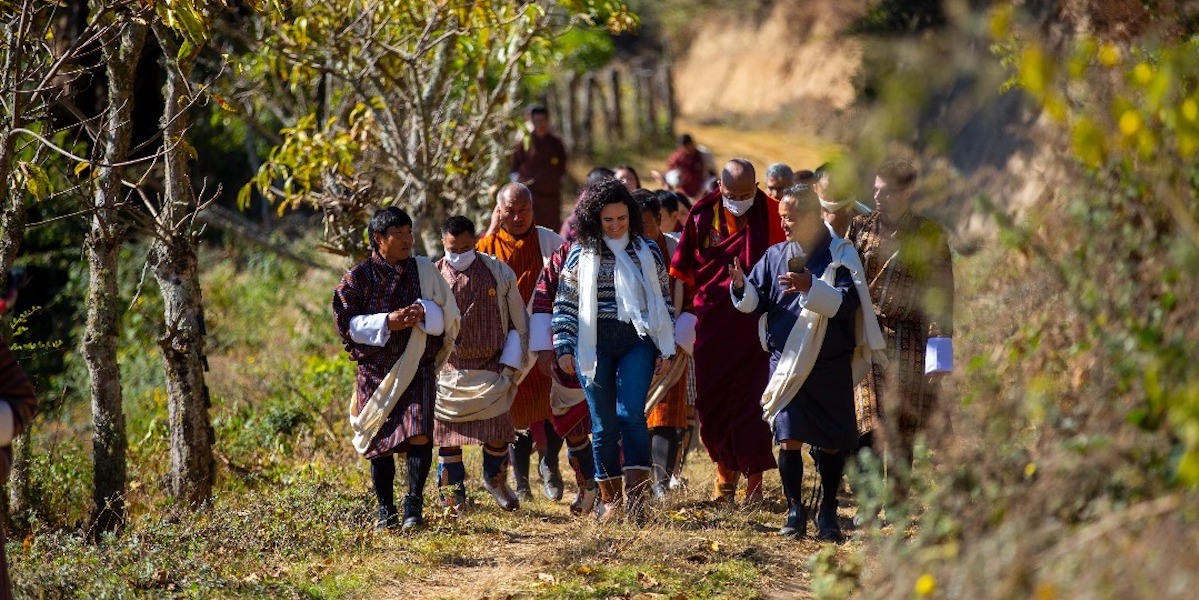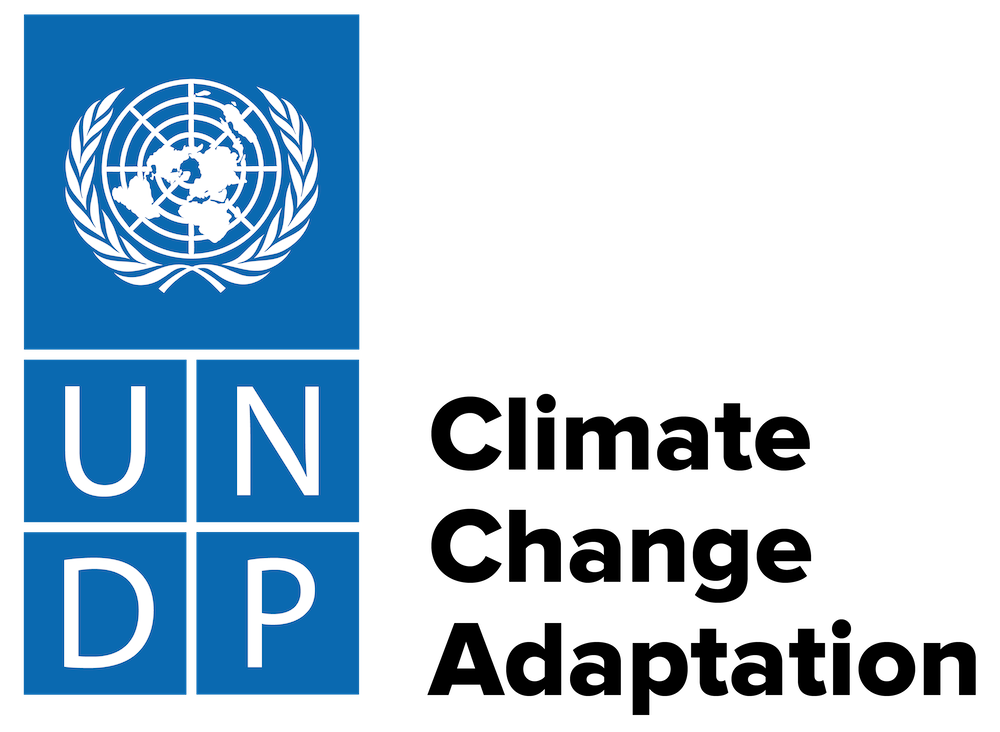
Time: 11:00-12:30
NAP Expo venue: Lusaka, Zambia (in-person)
This session is co-organized by UNDP, UNEP, NAP Global Network.
Context
It is widely accepted that there is a significant shortfall in finance to implement adaptation priorities in NAPs. In 2024, UNEP estimated that developing countries need US$215–387 billion per year, compared to just US$27.5 billion in public adaptation finance flows from developed to developing countries—a major gap.
Many African countries have advanced adaptation planning by submitting NAPs, identifying priority projects, securing direct access to climate funds, and undertaking other enabling actions. Still, most face significant funding shortfalls, with Ministries of Finance often engaged too late in the process.
Given today’s geopolitical context, public finance alone cannot meet adaptation needs. So how can countries fill the gap? Can private finance play a role? Is there scope to expand public-private partnerships? Or must domestic public finance step in?
This session will explore those questions with the aim of strengthening the link between adaptation plans and investment opportunities—mobilizing investors, diversifying funding sources, and leveraging partnerships to build a strong adaptation pipeline. African speakers will share experiences of mobilizing finance for adaptation, alongside funders offering insight on challenges and opportunities. The session will also examine new trends in climate finance and highlight how investment plans can unlock resources and accelerate NAP implementation by 2030.
A secondary objective is for UNDP to launch its Adaptation Financing Guideline.
Framing questions to country speakers
Where is there greatest potential in your country to scale-up finance?
What support do you feel is needed from the international community in the near future to mobilize finance from a wide range of sources to drive NAP implementation?
What advice would you give to countries that are still preparing their NAPs? What steps can they take now to increase the chances of mobilizing the finance necessary to implement NAP priorities.
Each speaker will have an 8-12 minute intervention (depending on the number of speakers), followed by an open-floor, Q&A session. The session will conclude with a 1-minute summing up of key messages from each speaker.
